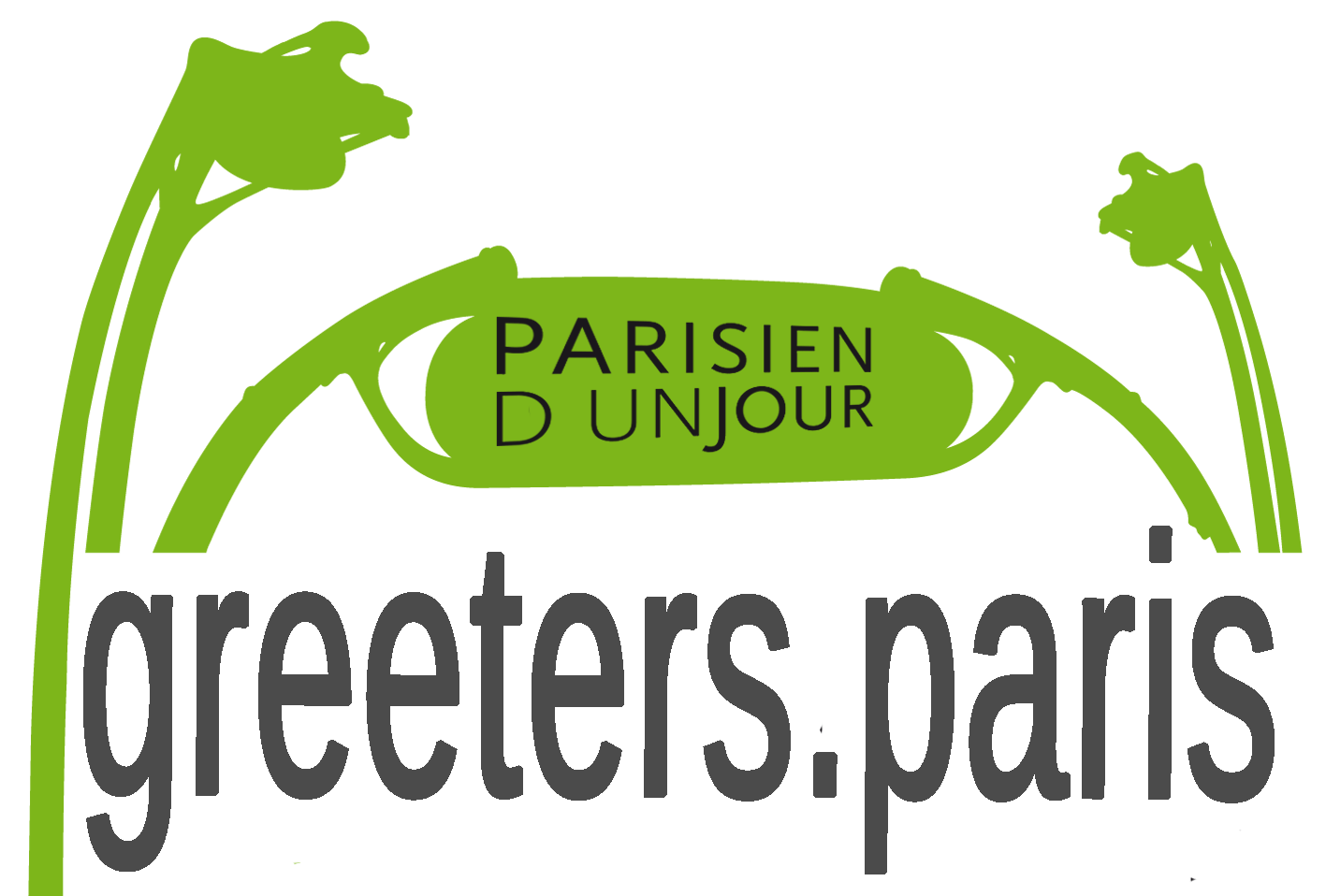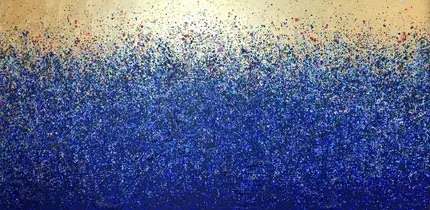
Today the
Pitié-Salpêtrière Hospital is one of Europe’s largest hospitals with all kinds of
specialties. More recent patients include Michael Schumacher, Ronaldo, Prince
Rainier of Monaco… This is also where Josephine Baker, the Princess Diana…
died. Two neighbouring hospitals, La Salpêtrière and La Pitié merged in 1964.
This post
will be about the La Salpêtrière. The name comes from “salpêtre”, which is a constituent
of gunpowder and where the hospital stands used to be the ground for a
gunpowder factory. The original part of the hospital was built between the
years 1656 and 1684, under Louis XIV. Some 100 years later it was the world’s
largest hospital with some 10.000 "patients"; the idea those days was that all
vagabonds, beggars, prostitutes… and alienated people should be taken off the
street … and this is where women arrived especially. The prostitutes were later paired with convicts and forced to settle down in the “New France”, the French
colonies in North America. Clearly, La Salpêtrière was those days rather a
hospice where the main concern was to get these people off the street – no real
care was offered.
A terrible
incident is linked to this hospital: During the worst days of the Revolution,
in September 1792, the hospital was stormed by a mob which released most of the
prostitutes, but also killed a large number of “mad-women”. The same thing happened at other
hospitals.
As late as during the 19th century, balls with the “mad-women” were organized at the hospital. Obviously it was made with good intentions.
On the premises you could also since 1684 find a real prison for women. The building is still there… , but used for other purposes.
Those days,
it seemed more important to take care of the “souls” of the patients. The
Church was obviously very present. A large chapel was of course part of the hospital. The octagonal plan is original with four side chapels.
The
conditions for the “patients” or “prisoners” were frightening. However, slightly and slowly things changed somewhat for the better after the Revolution. During
the 19th century real care started to be offered. Today, La
Salpêtrière is definitely a real hospital with a majority of recent buildings, and
the more frightful parts are gone or modernized. I concentrated however on
taking pictures of what remains of the older buildings. We can see a block of
cells for the “mad-women” with small seats in front.
So coming
to more comforting information…
In front of
the main entrance stands a statue of Philippe Pinel (1745-1826). Largely helped
by one of his previous patients who had suffered from and been treated for
tuberculosis and who became his assistant, he is known for having liberated
patients from their chains, virtually and literally. He did away with
bleeding, purging, blistering … in favour of therapy. (He also created an inoculation
clinic – the first vaccination in Paris was given here in 1800.) Pinel became
chief physician at the hospital and professor of medical pathology. A (later)
painting shows the liberation of chains. You can possibly claim that this was a
first break from the religious notion of “possession by evil spirits”.
The most famous personality who worked at the
Salpetrière is however Jean-Martin
Charcot (1825-93), who greatly influenced the developing fields of neurology
and psychology and who by many is considered as the founder of modern neurology.
He may however
be best known for his work on hypnosis and hysteria. His lessons and
demonstrations were often open to the public, other than scientists, and many intellectuals,
authors… assisted and reported about it. We can see a painting from one of his
lectures, with a famous hysteria-“performing”-patient, Blanche Wittmann, called
the “Queen of Hysterics”. She later got a job at the hospital, obviously working
too close to radium, and died at 53 after several amputations.
For
scientists Charcot’s name is also linked, however, to a number of discoveries and
he was, for example, the first to describe multiple sclerosis (“sclerose en plaques”).
His studies were also the beginning of the understanding of Parkinson’s
disease. He had a number of later
well-known assistants and pupils, including Sigmund Freud.
The
premises where he worked are gone, but his private library has been saved.



































































